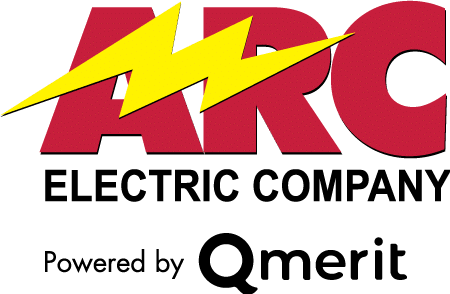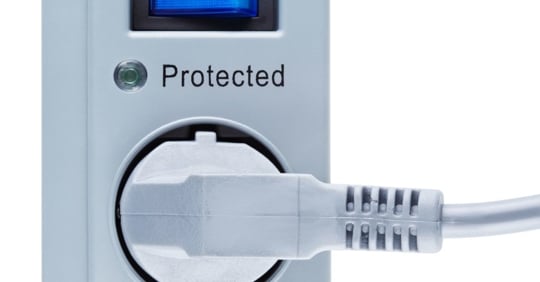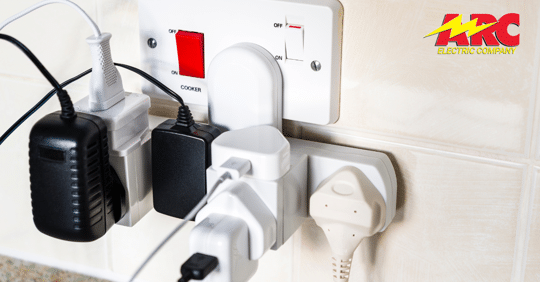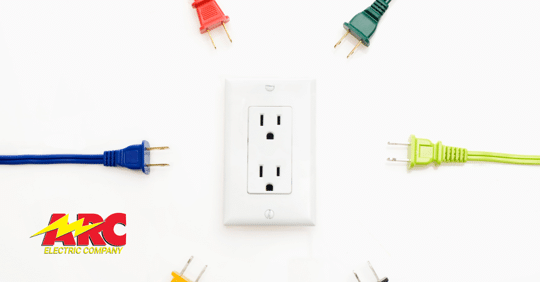As a homeowner, you invest a significant amount of time and money into creating a…
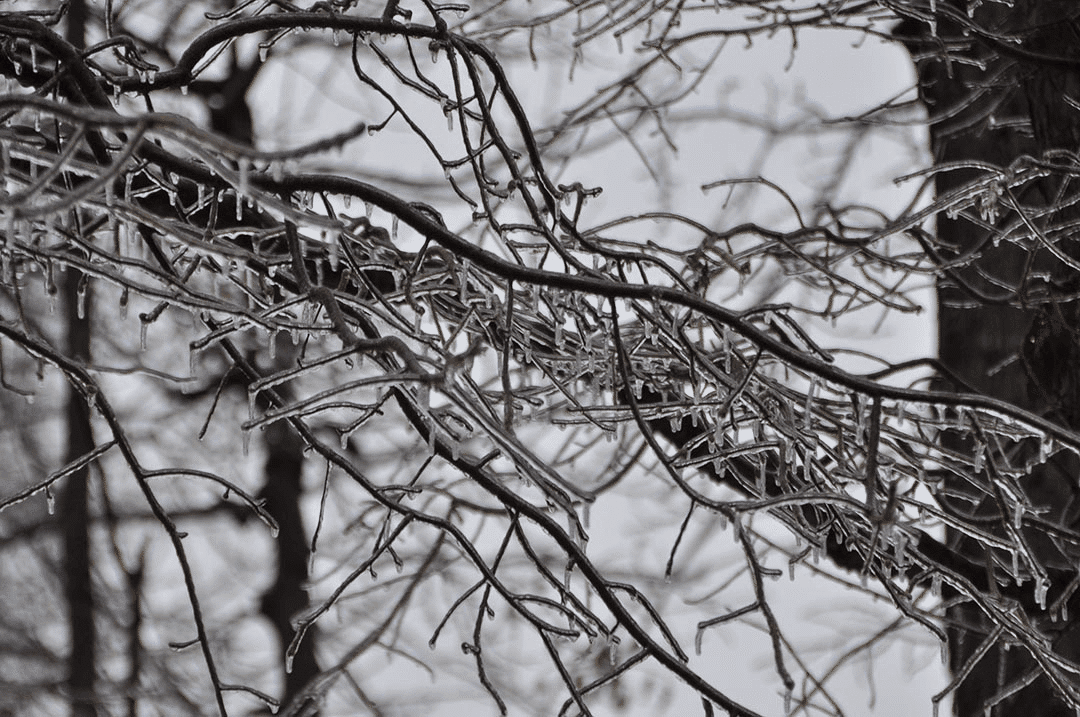
Portable generators can be useful items. If you use them safely!
Things to remember:
- Ventilation! Portable generators put out a lot of carbon monoxide exhaust; a gas you can’t see or smell. Using a generator indoors can kill you in minutes.
- Only use them outdoors and away from windows, doorways or other enclosed areas exhaust can blow into. Allow at least five feet of clearance on all sides. And do not operate your portable generator in wet conditions.
- Install battery-operated carbon monoxide detectors in your home.
- Remember the fuel used, gasoline is flammable and explosive! Do not overfill the tank. Never add fuel while the generator is running or still hot. Do not smoke near the fuel or generator.
- Electrical connections to household wiring can be tricky and dangerous. Not only can the connections create “back feeds” but they can also cause fires.
- Portable generators are not meant to provide power to every device or appliance in your home. Overloading it can damage the appliance or device. Your generator should only be used for essential equipment.
- Use the proper power cords. Do not use extension cords. Do not use damaged cords.
- Make sure your portable generator is grounded properly.
- Keep children and pets away from your generator.
- Inspect your portable generator before you think you’ll need it.
- Follow all manufacturer’s safety recommendations.
(Info sources: generac.com/resources-and-tools/homeowner-resources/portable-generator-safety,consumerreports.org/generators/generator-safety-tips-to-get-you-through-a-storm/, safeelectricity.org/public-education/tips/generator-safety/)
